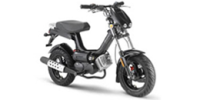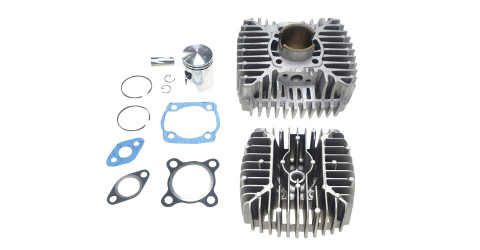YouTube
A two-stroke engine, also known as a 2-stroke engine, is a type of internal combustion engine that generates its power in two movements of the piston: up and down. Unlike four-stroke engines, which require four movements to complete a full work cycle, the two-stroke engine completes this cycle in just two movements. This is characterised by its simplicity and compact design, which makes the two-stroke engine attractive for various applications, such as mopeds, lawnmowers, outboard engines and some off-road vehicles.
The operation of a two-stroke engine begins when the piston moves from its highest point to the lowest point of the cylinder. During this downward movement, the intake port is opened, allowing a mixture of fuel and air to enter the cylinder. The piston then reaches its lowest point, and this is the crucial moment when compression, ignition and exhaust take place in one movement.
The ignition spark ignites the fuel-air mixture, causing an explosion. This explosion pushes the piston back up into the cylinder, resulting in the delivery of power. As the piston moves upwards, the exhaust port is opened, and combustion gases are expelled.
After this one down and up movement of the piston, the work cycle is complete, and the two-stroke engine is ready for the next cycle. The lack of valves, as found in four-stroke engines, makes the two-stroke engine lighter and more maintenance-friendly, but it can also lead to some drawbacks, such as less efficient combustion and oil consumption, as oil is mixed with the fuel to provide lubrication.
In short, a two-stroke engine is a compact and simple machine that generates its power in just two movements of the piston. Although they are not as efficient as four-stroke engines, they are still widely used in specific applications because of their light weight and ease of maintenance.
















